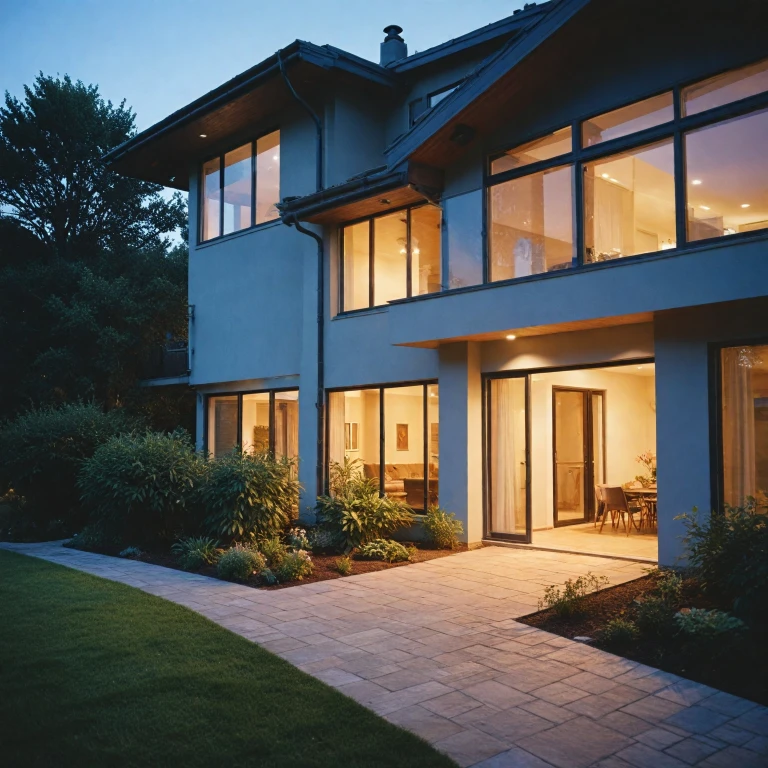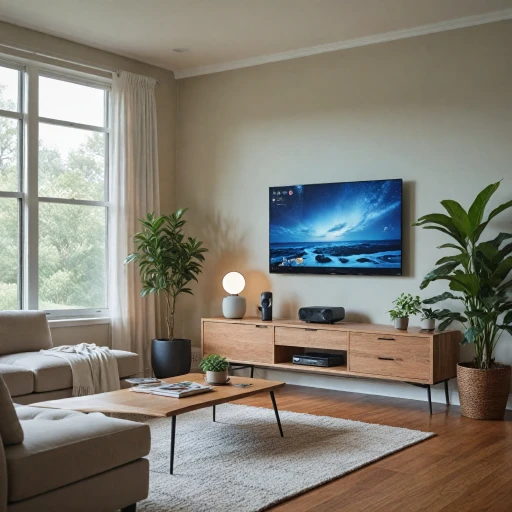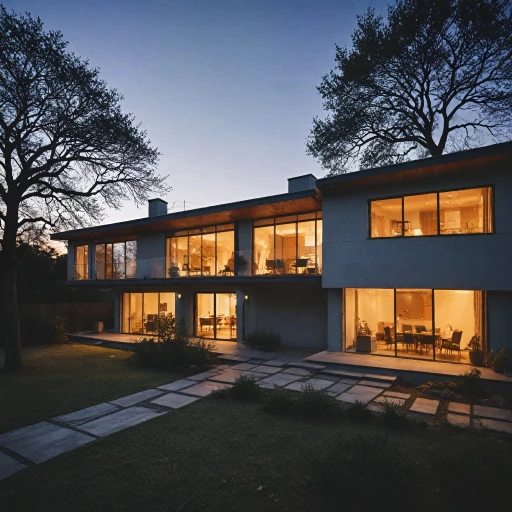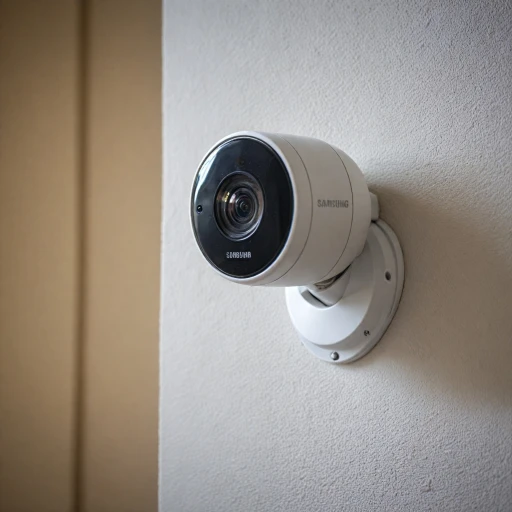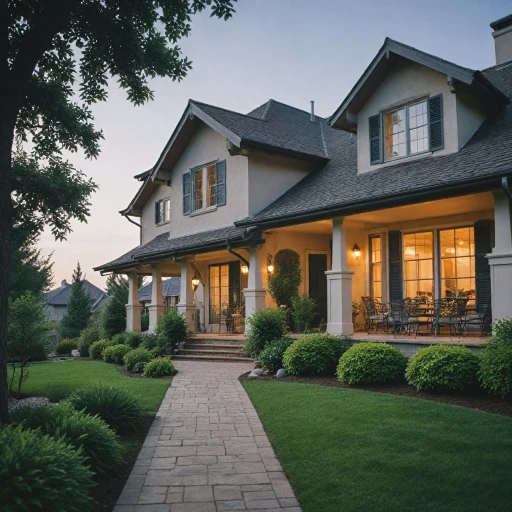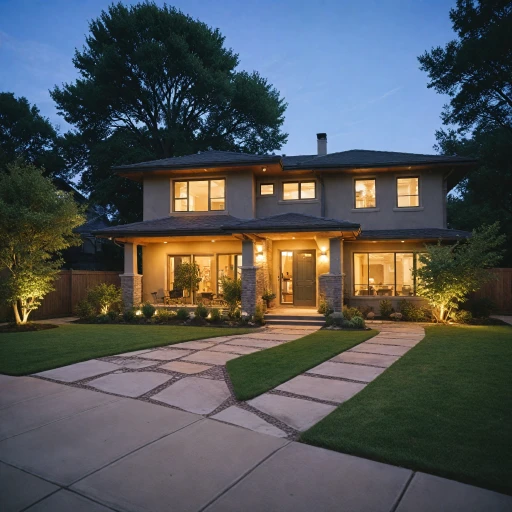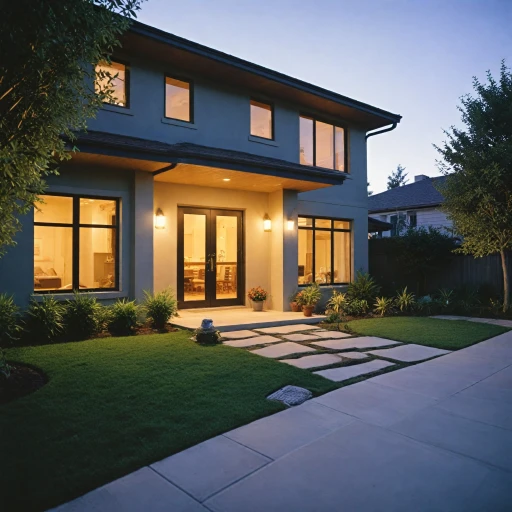
Understanding Motion Detector Cameras
Exploring the Basics of Motion Detector Cameras
Motion detector cameras are integral components of home security systems, utilizing advanced technology to enhance the safety of your property. These devices, designed with motion detection capabilities, automatically trigger recording when movement is detected within their field of view. Understanding how these cameras function is key to maximizing their potential. Essentially, motion sensors incorporated within these cameras act as their eyes, signaling the camera to start video recording or sending alerts to an app when movement is perceived. This helps minimize storage usage and prolong the battery life of the camera, offering a more efficient security solution compared to continuous video recording systems. Depending on the product specifications, motion security cameras can offer a variety of features including night vision, which ensures clear video capture even in low-light conditions, or activity zones that allow users to focus on specific areas within the camera's view. Devices like Lorex and Blink offer models with varying fields of view and sensor types, catering to diverse security needs. For homeowners looking to hide their devices discreetly, hidden cameras with motion detection provide enhanced security without drawing attention. Conversely, larger, visible systems might deter potential intruders simply by their prominent presence. It’s also important to address potential issues such as false alarms, which occur when motion sensors detect non-threatening movements. Calibration of sensitivity and placement can alleviate these issues, improving overall system reliability. Understanding the technology behind these security cameras sets the foundation for selecting an appropriate system. For more on the specific frameworks of motion detection, including the significance of a yellow garage door sensor, further insights can be explored.Key Features to Look For
Must-Have Features for Optimal Security
When selecting motion detector cameras for home security, there are several key features that should not be overlooked to ensure that your choice offers robust protection. These features enhance the efficiency and reliability of the system, providing peace of mind whether you are at home or away.
Precision in Motion Detection
A fundamental feature is the precision in motion detection. The effectiveness of a security system often hinges on how well the motion sensors can detect genuine movement while minimizing false alarms. Look for cameras equipped with infrared detection capabilities, which improve accuracy even in low-light conditions.
High-Quality Video Resolution
Having high-definition video is crucial; a camera with at least 1080p resolution ensures clear recordings, which are essential for identifying key details such as intruders or even license plates. Some advanced cameras offer 4K resolution, though these can be more resource intensive.
Night Vision Capabilities
Night vision is another indispensable feature, as many security breaches occur under the cover of darkness. Cameras with infrared LEDs can capture clear images in the dark, enhancing your security system by providing round-the-clock surveillance.
Field of View Considerations
The field of view is also pivotal; wide-angle lenses (130 degrees or more) reduce the number of cameras required to cover a space. Pan-Tilt-Zoom (PTZ) cameras offer flexible control, allowing for a broader coverage area and reducing blind spots in your home security setup.
Mobile App Connectivity
Integration with a mobile app is vital for real-time alerts and remote viewing. Popular brands like Lorex and Blink offer apps that notify you of motion activity and allow you to view live video feeds from your cameras. This connectivity gives you control and access, regardless of your physical location.
Smart Features and Activity Zones
Look for smart features like customizable activity zones, which let you specify areas within the camera's field of view where motion will trigger alerts. This reduces unwanted notifications from irrelevant movement, such as nearby traffic or swaying trees.
In conclusion, investing in a motion detector camera with these vital features can significantly enhance your overall home security system. Remember that the success of a security setup not only depends on the camera’s technical specifications but also on how well it complements your specific home needs and integrates with existing security measures.
Installation Tips and Best Practices
Ensuring Effective Installation for Motion Detector Cameras
Proper installation of your motion detector cameras is crucial for optimizing their performance and ensuring your security systems provide the desired protection. Here's how you can make the most out of your security cameras:- Choose Optimal Locations: Position your cameras strategically to cover key areas such as entry points, driveways, and any hidden corners in your property that might benefit from a hidden camera. Consider placing outdoor cameras at a height that allows a clear field of view, keeping in mind their night vision capabilities to cover areas without sufficient lighting.
- Mind the Angles: The view angle of your camera systems can impact what they capture. Utilizing a pan tilt feature can maximize coverage, allowing your camera motion to adapt and monitor different areas seamlessly. This is especially critical in areas that could be prone to suspicious activity.
- Avoid False Alarms: Carefully adjust the motion detector and sensor settings on your cameras to minimize false alarms. Properly set activity zones to focus on relevant areas and reduce unnecessary motion detection, ensuring that your security systems are alert only to real threats.
- Consider Wired vs. Wireless: Both options have pros and cons. Wired systems generally offer a more stable connection and may support detailed video quality, perfect for capturing details like a license plate in a security breach. Wireless systems provide more flexibility with placement, often integrating seamlessly into a smart home system. Think about the layout of your home and decide which system best suits your needs. For further clarification on this, you can explore when cameras might be installed in unconventional places like movie theaters here.
- Secure the Connection: For wireless cameras, ensure a strong, secure Wi-Fi connection is available. Consider investing in a robust router and set up encryption such as WPA2 to keep your camera systems secure from unauthorized access. Wired cameras should have cables carefully routed, avoiding exposure to harsh conditions or potential tampering.
- Test and Calibrate: Once installed, test your camera's motion sensor accuracy along with any night and day video recording functions. You may need to tweak your settings or reposition the cameras to achieve optimal security.
Comparing Wired vs. Wireless Options
Wired and Wireless Camera Systems: Which Is Right for You?
When it comes to selecting the optimal security camera setup for your home, understanding the pros and cons of wired versus wireless options is crucial. Both systems have their merits and can be tailored to suit specific needs and preferences. Wired camera systems are often favored for their reliability and consistent connection. These systems, like some Lorex products, provide a steady video feed without the risk of interference or disruptions. This is particularly appealing for those who wish to monitor outdoor spaces where a dependable security system is paramount. Additionally, wired options often benefit from enhanced night vision capabilities and can offer a continuous power supply, removing the need to regularly charge batteries. On the other hand, wireless security cameras bring flexibility and ease of installation to the table. These systems are less intrusive when it comes to the physical setup, eliminating the need to run cables through your home. A wireless system, such as Blink devices, can be an excellent choice for renters or those wanting to avoid extensive home modifications. These cameras usually come with an intuitive app, allowing for smart interaction and real-time alerts based on activity zones set through motion sensors. Consider the following factors to help determine whether a wired or wireless system fits your home security needs:- Location and Coverage: Assess which areas of your property require monitoring. Wired systems might be better for wider field views, while wireless systems can be easily relocated to cover blind spots.
- Installation and Maintenance: Wired setups might require professional installation, while wireless systems can generally be installed by the homeowner. Think about your willingness to handle maintenance issues, such as changing batteries in wireless cameras.
- Connectivity and Interference: If your home experiences frequent wifi disruptions, a wired system may be the more stable option. However, many modern wireless cameras have improved to minimize connectivity issues and offer reliable performance.
Integrating with Smart Home Systems
Connecting Your Motion Detector Camera to a Smart Home Network
Integrating motion detector cameras with your smart home systems can significantly enhance your overall security framework. By connecting the security cameras to smart devices, you can manage and control the video feeds with ease, whether it's through an app on your smartphone or a compatible voice assistant device. One major advantage is the ability to receive motion alerts on your phone, instantly informing you of any suspicious activity. Many systems offer pan tilt and zoom features, allowing for thorough surveillance of activity zones around your property. Consider cameras that provide a wide field of view, such as Lorex products, for extensive coverage both indoors and outdoors. Compatibility is key when choosing a home security system. Smart home systems often require cameras that can seamlessly communicate with other components, such as smart bulbs, locks, and alarms. Ensure your camera system supports protocols like Z-Wave or Zigbee for easy integration. In addition, an important factor to consider is the device's ability to store video recordings. Some security cameras provide the option to save footage on local storage, such as an SD card, while others offer cloud services for more extensive video storage. The latter usually involves subscription fees but allows access to video from anywhere via an app. Modern smart security systems can also help minimize false alarms through advanced motion detection technology. Some systems are equipped with motion sensors and advanced detection features that differentiate between common movements, like rustling leaves or passing cars, and actual security threats. Security cameras with night vision capability enhance home safety after dark, providing clear imagery even in low-light conditions. Cameras security systems with night vision can capture unnoticed activities that might occur under the cover of darkness, significantly lowering the risk of undetected incidents. Lastly, ensure the cameras are placed strategically in activity zones, recognizing key entry points and areas of interest around your home. Proper placement can optimize motion detection and ensure any potential threats are captured clearly. Investing in outdoor cameras with adequate motion sensors, often protected inside a hidden camera enclosure, can ensure discreet yet effective surveillance.Troubleshooting Common Issues
Troubleshooting and Adjusting Your Motion Detector Cameras
Even with an expertly installed motion detection system, issues can arise. Here are some common problems you might encounter and solutions to consider:- False Alarms: One of the most frequent issues with motion sensor security cameras is false alarms. These can often result from environmental factors such as wind-blown objects or moving shadows. Adjust your camera’s activity zones to focus detection within specific areas can help minimize these triggers.
- Poor Night Vision Quality: If your camera’s night vision isn’t performing as expected, ensure the position of the device allows the infrared LEDs to cover the required field of view. The quality of night vision can also depend on the type of sensors installed; switching to a Lorex smart product with improved night vision capabilities could be beneficial.
- Inconsistent Motion Detection: Cameras should accurately detect motion without missing events. Regularly update the app or firmware associated with your camera system to enhance performance and reliability. Additionally, check the sensitivity settings in the motion sensor system; sometimes, increasing detection sensitivity can help.
- App Connectivity Issues: If you face problems with the camera's mobile app, verify your internet connection as it’s crucial for seamless video streaming. Ensure that the installation of any software updates is stayed up-to-date to minimize connectivity interruptions.
- Blurred Video Quality: If your video feed appears blurry, ensure that the lens is clean and unobstructed. Consider upgrading to high-resolution cameras for clearer imagery, which is especially important for tasks requiring detailed recognition like license plate capture.

